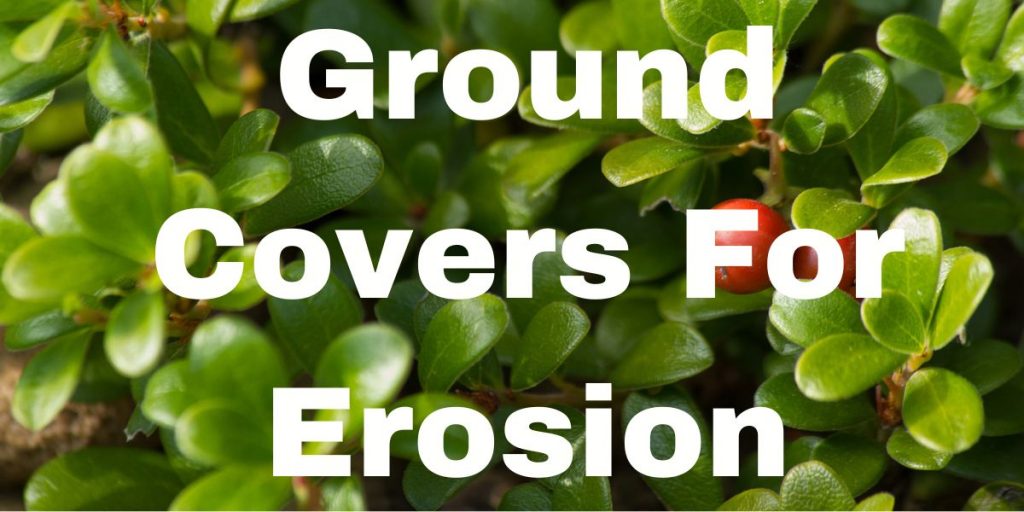Many sloping areas and hillsides have experienced various degrees of erosion due to the heavy fall, winter and early spring rains. In some cases these problems could have been greatly reduced had deep-rooted ground covers been used to help secure the soil on these sloping areas. So here are a few ideas of plants one can use to beautify a hillside and possibly help stabilize the soil too:
Keep in mind, that if very much soil slippage or erosion has taken place over winter a ground cover planting is more than likely not the solution to stabilizing the soil. In such cases, one should arrange a consultation with a geotechnical (soils) engineer. Underground springs, drainage patterns or other soil related problems could be causing the slippage and these problems must be corrected first.
Once the major soil slippage problems have been resolved, you can plant the hillside with a deep-rooted ground cover, so as to help stabilize the soil even more. So here are a few suggestions of deep-rooted ground covers that are easy to grow, that provide a nice show in the garden and spread fairly rapidly:
COTONEASTER LOWFAST – in my book this is one of the best, because it is fast growing, flowers, berries, is evergreen and requires little care. Other varieties like C. ‘humifusa’ and ‘horizonalis’ are also well adapted to hillside culture. It is not unusual for plants of ‘lowfast’ to grow up to six feet in diameter. So it is generally recommended that gallon container size plants be planted on four to five feet centers.
KINNIKINNICK – this plant is also known as ‘Bearberry’ or by the botanical name Arctostaphylos uva-ursi. A native to the Pacific Northwest, it is low spreading with evergreen leaves, which take-on a reddish tinge during the winter. Spring flowers are white to pink, followed by reddish berries. These plants tend to grow downward, so when they are used to retain soils, spacing of gallon container sized plants are usually staggered on about three or four feet centers.
JUNIPERS – there are several low growing varieties that are evergreen and deep rooted enough to help control erosion. Probably the most popular one is Juniper ‘Tam’. But, be sure to take a look at some of the others, like ‘Bar Harbor’, ‘Wiltonii’, ‘Sargentii’ and several others, because they seem less prone to disease problems. It is generally recommended that most of them be planted on about two to three feet centers for soil erosion. Planted this closely gallon container grown plants should fill-in in about two or three years.
CEANOTHUS – the variety of ‘Gloriosus’ is often used to help control soil erosion. The evergreen leaves are dark green with spring flowers of light blue. Plant in full sun or part sun and shade. On a hillside space gallon container grown plants about three to four feet apart.
ST. JOHN’S WORT – known by the botanical name of Hypericum. Interesting yellow five petal flowers with abundant yellow stamens in the center. Plants usually need to be sheared in late winter in order to keep them looking nice. Plants grown in four-inch pots should be spaced about twelve inches apart.
The spacing given in this article is quite close but often suggested to help control erosion. If smaller plants are used they should be planted closer together. Likewise, if larger plants are used the spacing can be further apart.
Salal, Euonymus, Vinca and Rosa rugosa are just a few of the other deep rooted plants that can be used as ground covers plants to aid in controlling soil erosion.

I appreciate that you explained doing more than a ground cover planting to stabilize the soil. My wife is wanting to protect our raised landscape in our backyard since we have had problems with erosion in the past. I’ll be sure to find a professional erosion control company that can give us some advice on our particular situation.